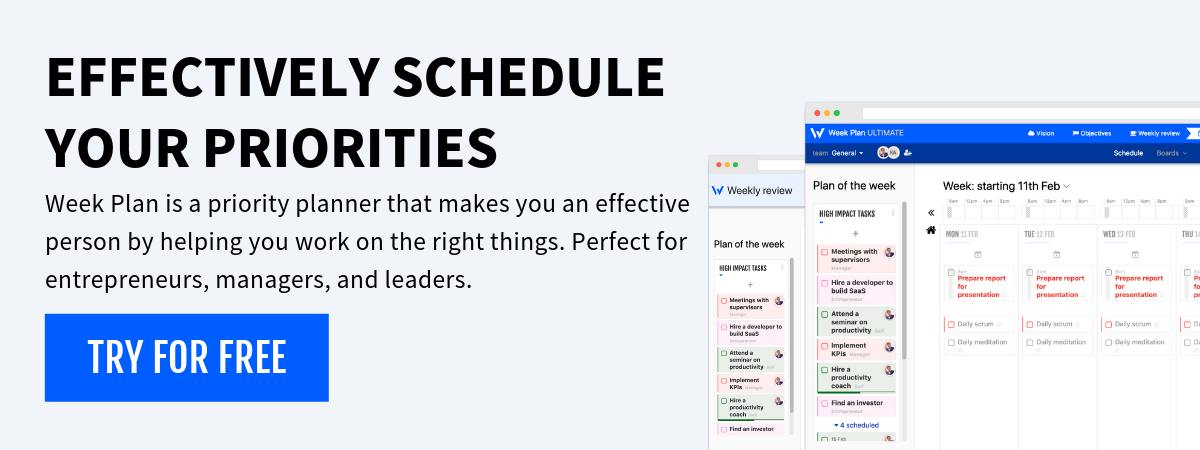The Seinfeld Strategy is a productivity technique based on the idea of maintaining a “chain” of daily actions to achieve long-term goals. The strategy is named after comedian Jerry Seinfeld, who reportedly used a calendar to track his progress towards writing jokes every day. The key principle of the Seinfeld Strategy is to focus on consistency and habit formation rather than on achieving perfection or massive strides in one go.
Building the Chain: Consistency is Key
The core concept of the Seinfeld Strategy revolves around the notion of “don’t break the chain.” This means committing to a specific task or habit every day and marking it on a calendar once completed. Over time, a visual chain of completed tasks forms, serving as a powerful motivator to maintain consistency and avoid breaking the chain.
How the Seinfeld Strategy Helps with Productivity
Implementing the Seinfeld Strategy can yield several benefits for productivity and goal achievement:
1. Establishing Routine and Discipline
Consistently performing a specific task or habit every day helps establish a routine and fosters discipline. By incorporating desired behaviors into daily life, individuals can create a structured framework for productivity and goal attainment.
2. Overcoming Procrastination
The Seinfeld Strategy is effective in combating procrastination by breaking down tasks into manageable daily actions. By focusing on taking small steps consistently, individuals can overcome inertia and make progress towards their goals, one day at a time.
3. Building Momentum
Maintaining a chain of daily actions creates momentum, making it easier to sustain motivation and momentum over time. As the chain grows longer, individuals are less likely to break it, further reinforcing positive habits and progress towards their objectives.
4. Tracking Progress and Accountability
The visual representation of the chain provides a tangible measure of progress and accountability. Seeing a continuous streak of completed tasks serves as a visual reminder of one’s commitment and effort, motivating individuals to stay on track and maintain their momentum.
Implementing the Seinfeld Strategy: Tips and Examples
Here are some practical steps for implementing the Seinfeld Strategy:
1. Choose a Specific Goal or Habit:
Identify a goal or habit you want to cultivate, such as exercising daily, writing, reading, or practicing a skill.
2. Set Clear and Achievable Targets:
Break down your goal into daily actions that are realistic and achievable. Start small to build momentum gradually.
3. Use a Visual Tracking System:
Create a visual representation of your progress, such as a calendar or habit tracker. Mark each day that you successfully complete your designated task.
4. Stay Consistent and Committed:
Make a commitment to yourself to maintain the chain and avoid breaking it. Consistency is key to the success of the Seinfeld Strategy.
5. Celebrate Milestones:
Celebrate your achievements and milestones along the way. Recognize your progress and use it as motivation to continue moving forward.
Conclusion
The Seinfeld Strategy offers a simple yet powerful approach to productivity and goal achievement by emphasizing consistency, routine, and habit formation. By committing to daily actions and maintaining a visual chain of progress, individuals can overcome procrastination, build momentum, and make steady progress towards their objectives. Implementing the Seinfeld Strategy can lead to enhanced productivity, improved time management, and ultimately, greater success in both personal and professional endeavors.

More Posts
10 Time Allocation Tips for Maximum Productivity
In today’s world, managing our time well is key to success and happiness. Studies show managing our time better can help us work better, feel less stressed, and get more done. Many workers...
Explore 5 Best Planner Apps for Ultimate Productivity
Effectively managing your time and tasks is more important than ever. Whether juggling work assignments, personal responsibilities, or both, staying organized is essential. This is where the best planner apps come into play....
6 Best Productivity Tools (Free & Paid)
Navigate the world of productivity tools with our guide. Understand their benefits, identify the best ones, and elevate your work efficiency effortlessly. Are you tired of drowning in an endless sea of to-do...
9 Time Management Tips for HR Professionals
Human Resources (HR) professionals do many tasks. These include hiring, training, and dealing with employees. LaShawn Davis from The HR Plug says they may take on too much, causing chaos in their work....